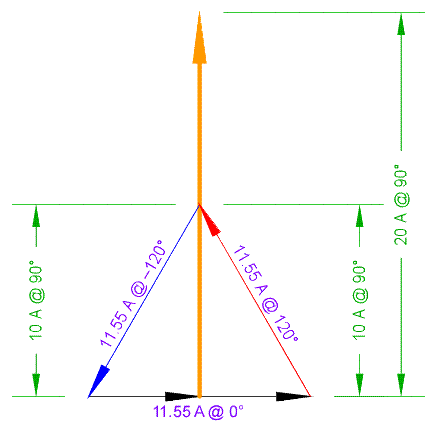Well iam thinking delta this is just for B phase to common center tap winding on c winding if a motor load single phase is installed on a high leg it is a winding itself meaning its inductive or coil its a motor this is a auto transformer in theory it will backfeed into system and aid voltage to system in polarity and give a increase in voltage to the 1/2 part c and full b coils which at times can effectively add to that voltage of the high leg .
No it is not an auto transformer, there is no addition. There is no backfeed into the system, that does not exist in any other transformer.
Now in the field we see 190 volts or 208 volts on a high leg its different then calculations in a book depends on your power company or location .
This is no different than the voltage difference you see on a 120/240V or a 208Y/120 system. This is why the NEC says to use nominal voltages. the laws of physics dicates that the high leg will be a nominal 208V if the L-L is nominal 240V.
to me a delta transformer is a bridge its all connected together like a bigg voltage divider
It may look like that, but it definitely does not behave like one. Again, it has to do with the laws of physics.
Has anyone ever monitored voltage for months on a delta transformer ?
There is no need to do this for most installations. Delta connections, either closed, open, or high-leg, have been used for more years than have wye connected systems. The phase voltages will typically be affected by the overall loading and balancing.


